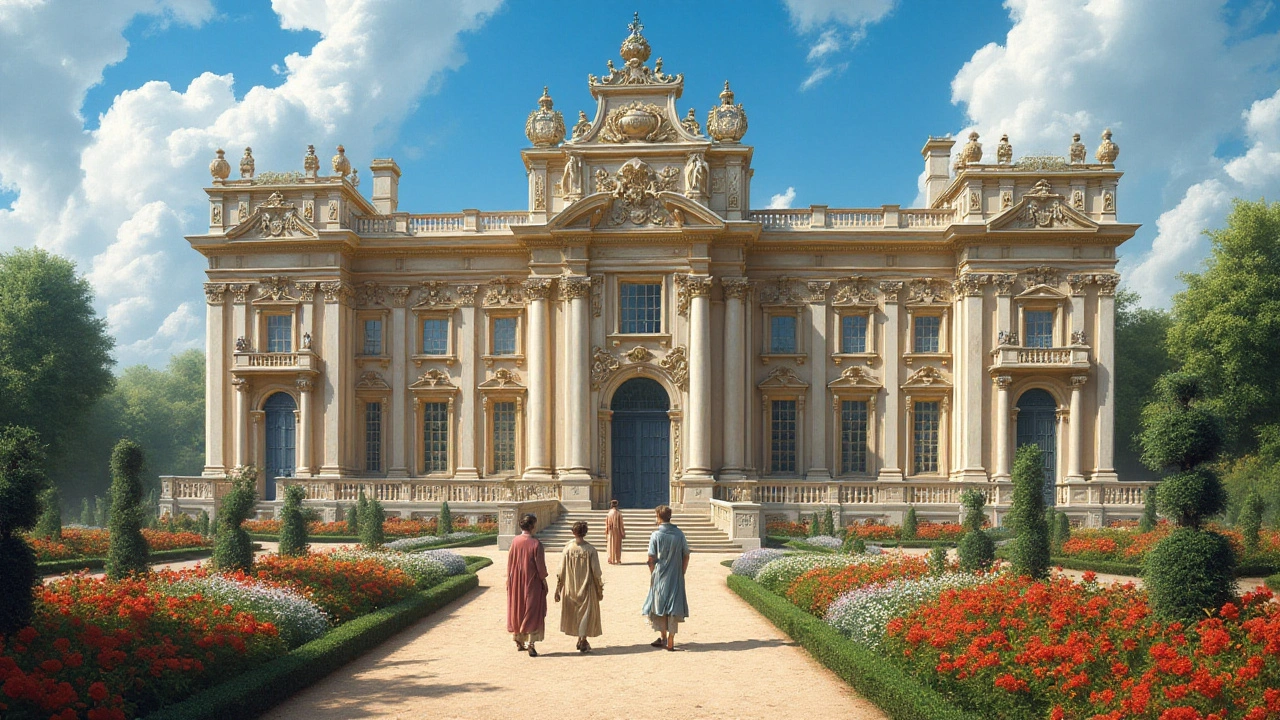Ornate Buildings: A Practical Guide to Style, Details, and Where to Look
You can tell a lot about a city from its ornate buildings. Look up and you’ll see stories carved in stone, cast in metal, or painted on a dome. Ornament can celebrate power, faith, craft, or a designer’s whim. This guide helps you spot the styles, read key details, and plan visits without getting lost in jargon.
What counts as ornate? Think bold decoration that draws attention: carved columns, layered cornices, sculpted figures, stained glass, decorative ironwork, patterned tiles, lavish ceilings and rich moldings. Ornament can be structural or purely decorative. It appears across eras from Roman and Byzantine domes to Baroque palaces, Rococo interiors, and Beaux‑Arts civic halls.
Quick style markers: Baroque loves movement and dramatic light; Rococo goes playful with shells and scrolls; Gothic Revival uses pointed arches and tracery; Renaissance Revival borrows classical symmetry with rich detail; Beaux‑Arts combines classical order with bold sculpture. Knowing one clear detail makes it easier to identify the whole style on the street.
Where to look first. Start at city centers, old courthouses, opera houses, and former bank buildings. Churches and government buildings often show the most elaborate work. Older neighborhoods and main boulevards usually concentrate ornate facades because they were built to impress.
How to read the details. Check columns to see if they are simple or fluted, topped by Doric, Ionic or Corinthian capitals. Notice windows: rounded arches suggest Romanesque or Renaissance influence, pointed arches point to Gothic lines. Watch for repeated motifs like acanthus leaves, garlands, or cherubs; repetition signals a deliberate decorative program.
Practical tips for a visit. Bring a small notebook or use your phone to photograph details rather than whole facades; closeups reveal techniques and makers’ marks. Visit early or late in the day for softer light that shows depth. Respect private property and watch for conservation signs or scaffolding.
Preservation and care. Ornate buildings need constant maintenance. Pollution and water damage eat away at stone and metal. If you care about local heritage, join a neighborhood group or support preservation nonprofits that document and stabilize important facades.
Simple restoration signs to spot: mismatched stone color, uneven mortar, modern brackets replacing carved corbels, or fresh paint hiding original finishes. These clues tell stories about budget limits and past repairs.
Want quick next steps? Pick one style from this page—Baroque, Gothic Revival, Beaux‑Arts, or Art Nouveau—then hunt for three examples in your city. Compare details and note materials. Over time you’ll spot craftsmen’s signatures and regional twists.
Ornate buildings are loud but readable once you learn the language. Use what you see to tell stories about history, wealth, technology, and taste. If you want, start with our linked posts on Roman, Byzantine, Baroque, and Beaux‑Arts examples to go deeper.
Photo and research checklist
Note date and address, photograph closeups of cornices, capitals and keystones, record materials and maker plaques, compare with local archives or online posts, then save images and notes in one folder.

Luxury and Opulence: Unpacking Baroque Architecture
Baroque architecture emerged in the late 16th century, marking a flamboyant shift from the restrained styles that preceded it. It is characterized by bold contrasts, extravagant ornamentation, and dynamic forms designed to evoke emotional responses. This architectural style spread across Europe and later to Latin America, often associated with the Counter-Reformation as the Catholic Church sought to convey its grandeur. Baroque remains a powerful symbol of luxury and can still be seen in many palaces and churches. Understanding the intricate details of this style offers insights into the cultural and historical contexts that shaped it.
Read more